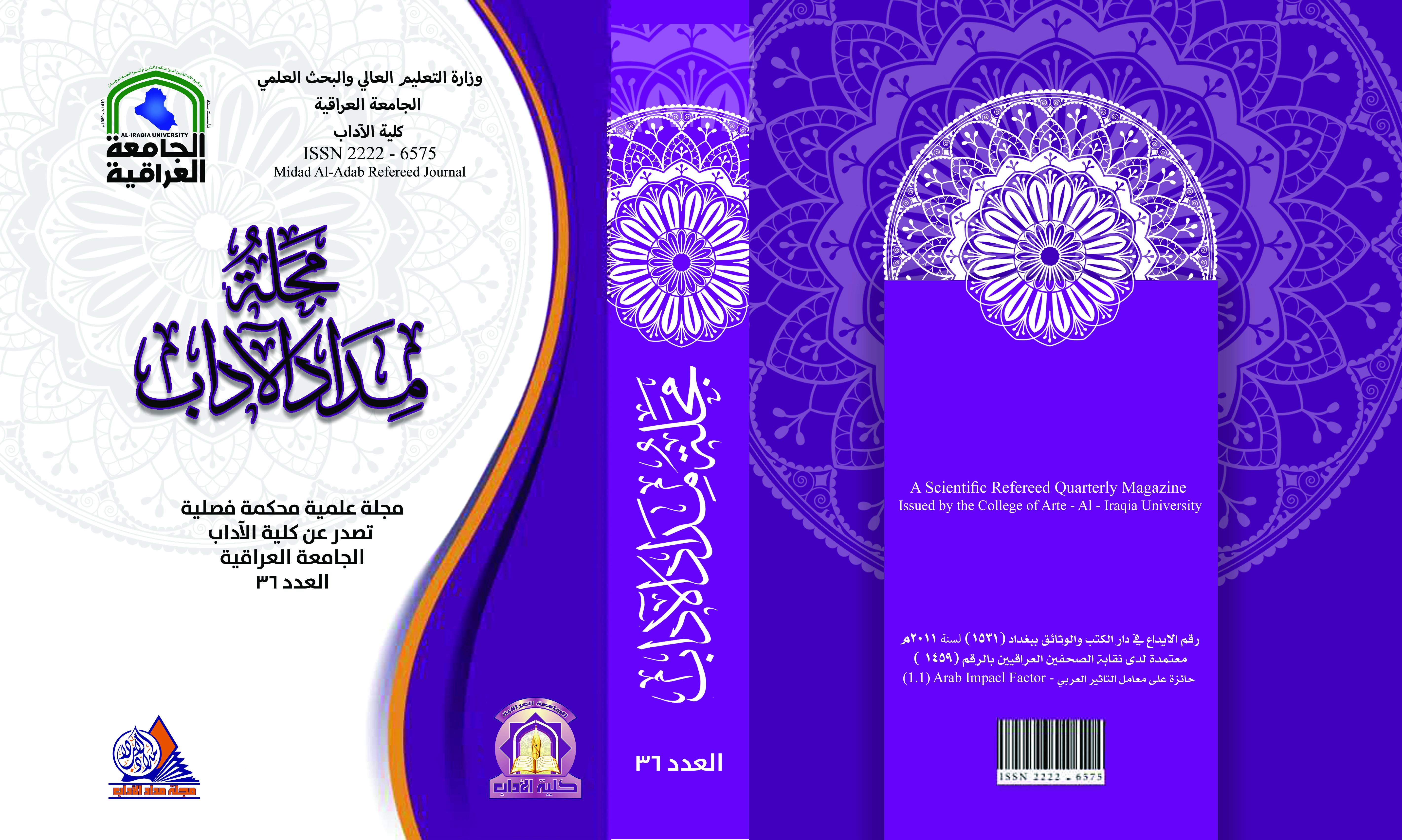Translation Evaluation of Homographs in the Quran in Light of Frame Semantics and Functional Equivalence Theory
DOI:
https://doi.org/10.58564/ma.v14i36.1597Keywords:
Cognitive linguistics, frame semantics, homograph, homonym, Quran, translation.Abstract
The current study aimed to evaluate the translation of fifty Quranic homographs by two translators (Shakir, of an Arabic background and Arberry, an English translator), in light of Nida’s dichotomy of formal and functional equivalences. The researchers adopted a two-fold approach of micro (componential and morphological analysis) and macro-(contextual) analysis based on exegeses and specialized lexicons. The analysis of samples indicated preference in favor of the Arabic translator, which is in line with the hypothesized premise. It was shown that the threefold factors of Arabic morphology awareness, root culture and access to/awareness of exegeses as a source of awareness of semantic frames, proposed to improve the translation of the words under study, have the foremost impact on the output translation of homographs. Finally, a new approach is proposed to facilitate translating homographs of the Quran.
Downloads
Published
Issue
Section
License

This work is licensed under a Creative Commons Attribution-NonCommercial-NoDerivatives 4.0 International License.








